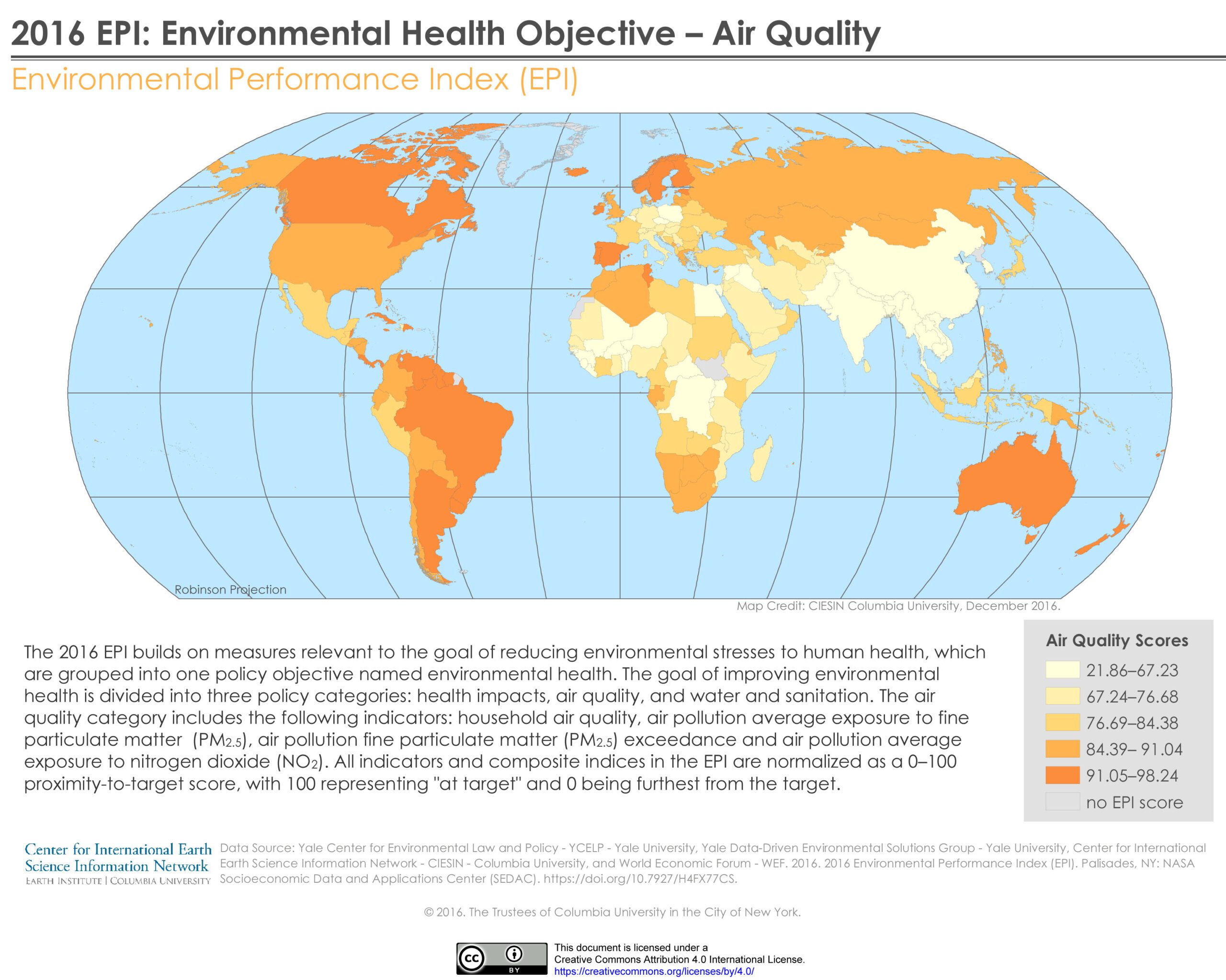In the ever-evolving world of human resources, outplacement programs have become an indispensable tool for organizations navigating through workforce transitions. As businesses strive to adapt, grow, and stay competitive, the success of these programs has never been more crucial. But how do we measure success in this realm of career transition assistance? How can organizations effectively track the outcomes and impact of their outplacement programs? In this article, we delve into the realm of key metrics, unveiling the secrets to monitoring the success of your outplacement program. From insightful statistics to marvelous metrics, we explore the creative ways organizations can gauge the efficacy of their efforts, ultimately ensuring a smoother and more fruitful career transition experience for all those involved. So fasten your seatbelts and get ready for a journey into the world of tracking outplacement program success – where numbers meet innovation!
1. Unlocking the Secrets to Outplacement Program Success: Navigating the Metrics Maze with Ease
When it comes to achieving success in an outplacement program, navigating the metrics maze is of paramount importance. Understanding and effectively utilizing the various metrics can make all the difference in the effectiveness and outcome of the program. In this section, we will delve into the secrets of unlocking the metrics maze, providing you with valuable insights and strategies to ace your outplacement program.
To begin with, let’s explore the key metrics that can be utilized to measure the success of an outplacement program:
- Placement Rate: This metric provides an indication of how successful the program is in helping participants find new employment opportunities. It measures the percentage of individuals who secure a new job within a specified period.
- Retention Rate: A crucial metric that measures the longevity of employment for individuals who have completed the program. It reveals the effectiveness of the outplacement services in facilitating long-term career stability.
- Satisfaction Rate: This metric assesses the participants’ level of satisfaction with the outplacement program. It captures feedback on various aspects such as career coaching, job search assistance, and overall support provided during the transition.
Unlocking the secrets to outplacement program success requires carefully analyzing and interpreting these metrics. By understanding the significance of each metric and utilizing them strategically, HR professionals and employers can fine-tune their program, maximize its impact, and ensure a smooth transition for employees. So, let’s dive deep into the metrics maze and unveil the strategies that will lead you to triumph in your outplacement program.
2. From Measuring to Mastering: Unveiling the Key Metrics for Outplacement Program Triumph
When it comes to outplacement programs, success lies in the ability to measure and optimize key metrics. In this section, we will delve into the crucial factors that contribute to the triumph of such programs. By understanding these metrics, organizations can take their outplacement strategies to the next level.
1. Placement Rate: This metric measures the effectiveness of an outplacement program by calculating the percentage of displaced employees who have successfully found new employment. A higher placement rate indicates a more successful program, as it demonstrates the program’s ability to support individuals in their job search and facilitate their reintegration into the workforce.
2. Satisfaction Rate: A truly impactful outplacement program isn’t just about placing individuals in new roles—it’s also about ensuring their overall satisfaction throughout the process. This metric gauges the satisfaction levels of participants, taking into account factors such as the quality of career coaching, the relevance of job opportunities presented, and the support received during the transition. A high satisfaction rate indicates that the program is delivering on its promise to provide comprehensive support and guidance.
3. Quantifying the Value of Outplacement: Embracing Metrics that Spell Success
When it comes to outplacement services, it is crucial to measure and quantify their value to fully understand their impact and success. By embracing metrics, organizations can gain valuable insights into the effectiveness of these programs. Here are some key metrics that can spell success for outplacement:
- Employment Rate: Measure the percentage of individuals who successfully secure new employment within a specified time frame. This metric indicates the effectiveness of the outplacement services in helping individuals transition to new careers.
- Salary Growth: Analyze the average increase in salary for individuals who participated in outplacement programs. This metric demonstrates the value of these services in helping individuals find higher-paying opportunities.
- Retention Rate: Track the percentage of individuals who remain employed in their new positions for a certain duration. A high retention rate indicates that outplacement services adequately prepare individuals for their new roles, enhancing their long-term job satisfaction.
By utilizing these metrics, organizations can assess the overall success of their outplacement programs and make data-driven decisions to improve and tailor their services. Remember, every individual’s journey is unique, but the power of metrics can shed light on the effectiveness of outplacement, making career transitions smoother and more successful.
4. Cracking the Code: Demystifying the Essential Metrics for Tracking Outplacement Program Effectiveness
In order to effectively track the effectiveness of an outplacement program, it is crucial to understand and analyze the essential metrics that contribute to its success. By demystifying these metrics, organizations can gain valuable insights into their program’s impact and make data-driven decisions to enhance their outplacement strategies.
1. Placement Rate: This metric measures the percentage of individuals who successfully secure new employment after participating in the outplacement program. It provides a clear indication of how effective the program is in helping displaced employees find new job opportunities.
2. Time to Placement: This metric focuses on the average time it takes for outplaced individuals to secure new employment. A shorter time to placement indicates that the program is facilitating a smooth transition and providing valuable resources to participants, while a longer time may indicate areas of improvement.
3. Employee Satisfaction: The level of satisfaction reported by participants in the outplacement program is another crucial metric to track. Regular surveys and feedback sessions can help determine if the program meets the needs and expectations of employees, ensuring a positive experience throughout the transition process.
4. Cost per Placement: This metric calculates the cost incurred by the organization for each successful placement. It helps to assess the program’s efficiency and cost-effectiveness, allowing companies to optimize their budget allocation for outplacement initiatives.
As we conclude this insightful journey into tracking the success of your outplacement program, let us reflect on the key metrics that illuminate the path to triumph. With a creative blend of data-driven analysis and strategic prowess, you are on the verge of unlocking the true potential of your program.
Remember, in this ever-evolving landscape, neutrality is our guide. Feel free to adapt these metrics to your unique organizational needs, as no two outplacement programs are identical. The canvas is yours to paint with the hues of success.
Explore the boundaries of efficiency and efficacy as you delve into the depths of the Placement Rate Spectrum. Embrace the power of numbers as they reveal the intricate dance between candidates and job offers. Analyze, dissect, and recalibrate as you strive for the optimal match between talent and opportunity.
No journey is complete without traversing the vast terrain of Time to Re-Employment. Witness the transformation of individuals as they embark on a new chapter, guided by the delicate balance of resilience and support. Measure the minutes, hours, and days that bridge the gap between unemployment and renewed optimism.
Unveil the intangible, yet invaluable, element of candidate satisfaction through the enchanting lens of Feedback Analysis. Observe the impressions, voices, and sentiments that echo within the corridors of your organization. Let their experiences guide you towards crafting a program that serves as a beacon of hope amidst uncertainty.
For beyond the boundaries of your outplacement program lie the realms of company reputation and brand image. Your program’s success transcends the mere metrics, as it speaks volumes about your dedication to your employees’ well-being. Nurture these foundations and witness the ripple effect they have on the organizational landscape.
So, fellow explorers, armed with an array of key metrics, embark on this voyage of self-improvement and organizational prosperity. Track, analyze, adapt, and redefine as you push the boundaries of what is possible. Your outplacement program has the power to transform lives, forge new paths, and illuminate the very essence of success. Embrace the journey that lies ahead and let the metrics be your guiding stars.







